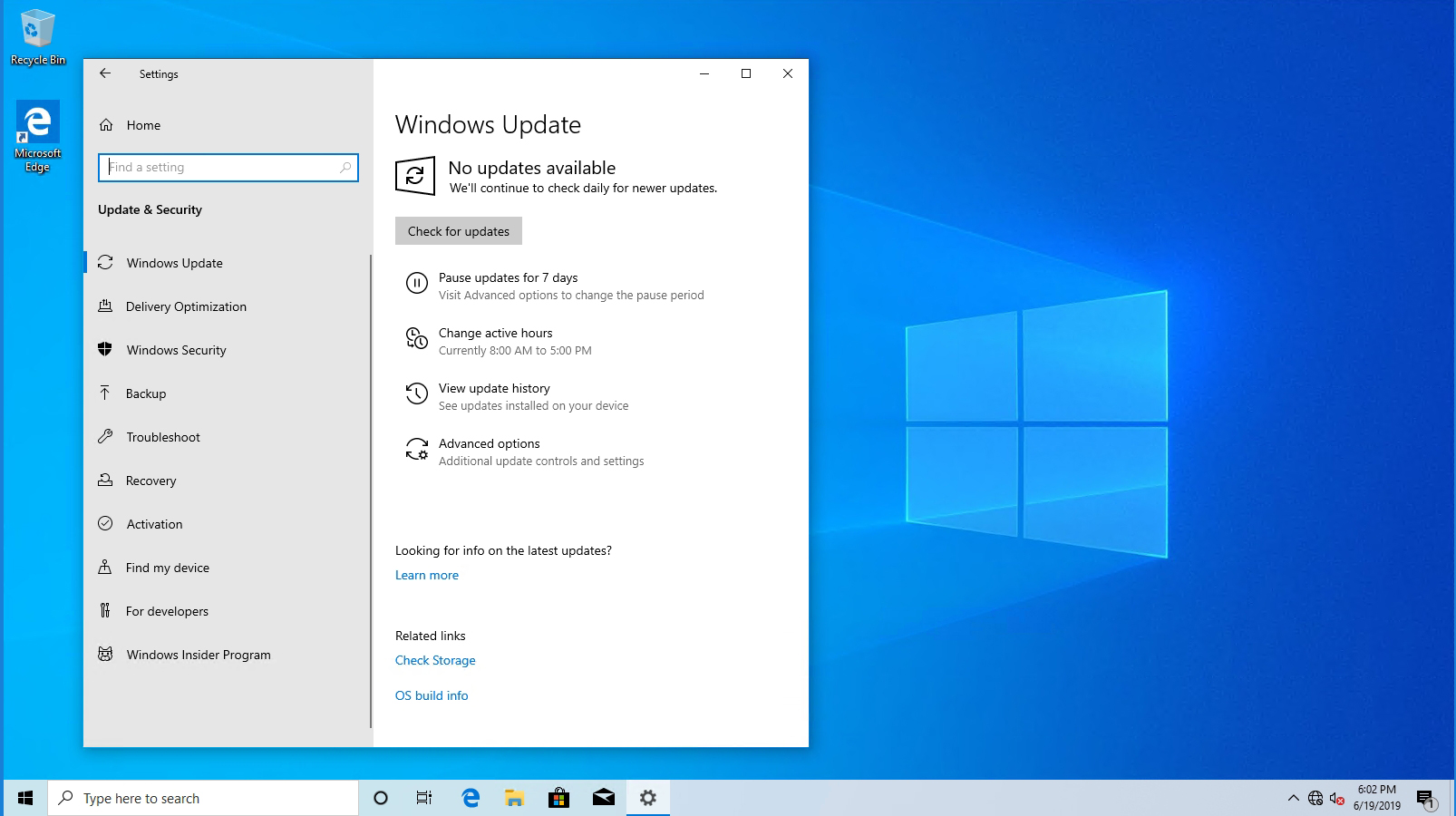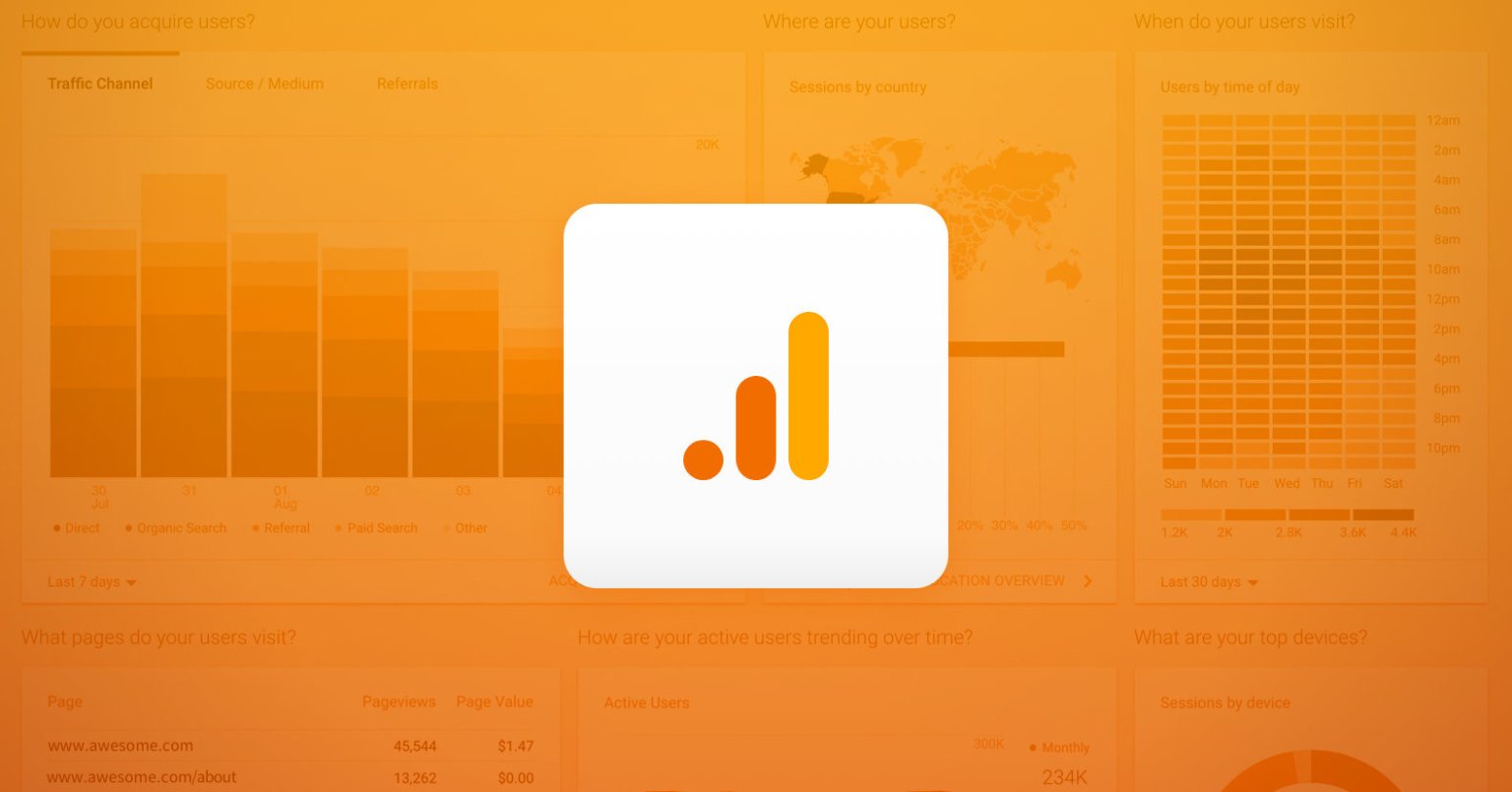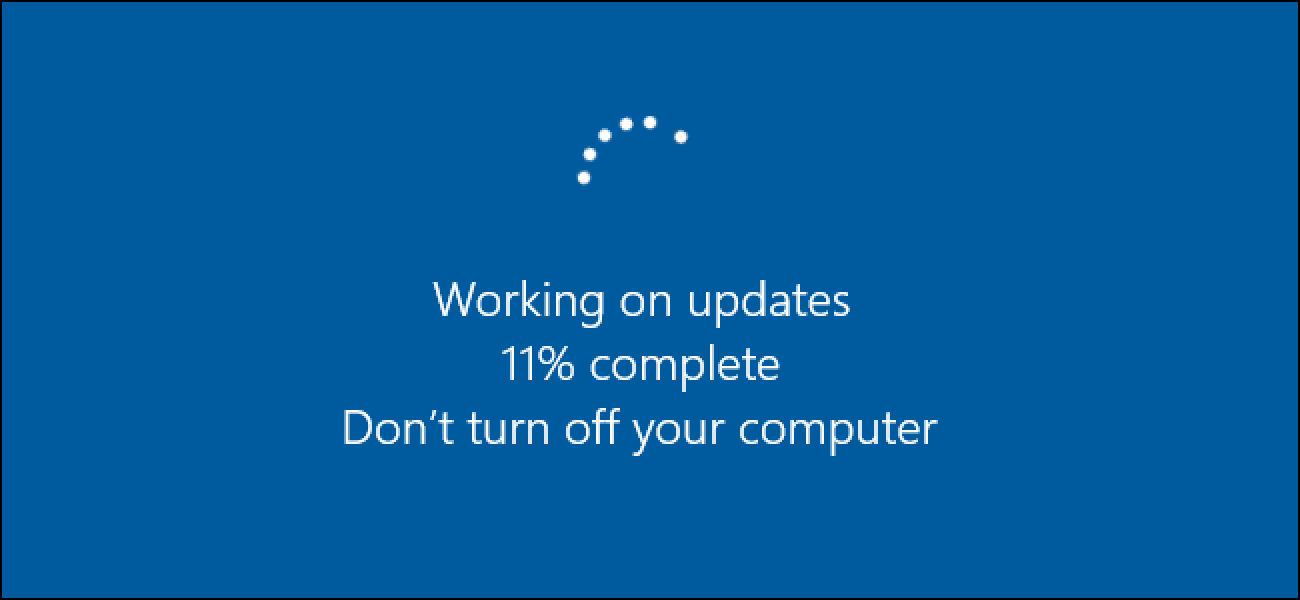How to Disable Automatic Windows 10 Updates using Group Policy & Registry
Windows 10 is more aggressive about updating than previous versions. For the most part, this is good. Since way too many people never bothered installing updates—even critical security updates.
To disable Automatic Updates on Windows 10 permanently, use these steps:
Step Two: Limiting Updates
Alternatively, if disabling the policy isn't working for you, it's possible to customize the automatic updates policy using the Group Policy Editor to limit the availability of updates on your device.
To manage Windows Update automatic downloads with Group Policy, use these steps:

Check the Enable option to turn on the Policy.

In the "Options" section, select the option to Configure Automatic Updates on Windows 10:

To permanently disable updates on Windows 10 modifying the Registry, use these steps:
Step Two: Limiting Updates
Also, you can use the Registry to customize the Windows Update policy settings to prevent updates from installing automatically.
To customize Windows Update settings to block updates with the Registry, use these steps:

Double-click the newly created key and change its value (number only) to:
2 — Notify for download and auto-install.
3 — Auto download and notify for install.
4 — Auto download and schedule the install.
5 — Allow local admin to choose settings.
These options work similar to the Group Policy settings, and number 2 is the best option to disable Windows Update on Windows 10 permanently. However, you can always select the configuration that best suits your situation.

More Resources on Windows 10
For more helpful articles, coverage, and answers to common questions about Windows 10, visit the following resources:
Still, there are lots of PCs and configurations out there, and an occasional update that messes up your system can slip through. But, there are a couple of ways you can prevent bad updates from ruining your day.
You can prevent certain types of updates so they don’t download automatically. And, as of the Creators Update in the Spring of 2017, you can easily pause or defer non-critical updates for a month or more while other users test them out.
Unfortunately, neither of these strategies helps if you’ve already downloaded and installed an update that broke something. This becomes even more difficult if that update is a major new Windows build, like the Fall Creators Update released in September 2017.
The good news is that Windows provides a way uninstall major build updates and the smaller, more typical, Windows updates.
How do I Disable Windows 10 Automatic Updates using Group Policy?
If you use Windows 10 Pro, then you can use the Local Group Policy Editor to disable automatic updates permanently, or you can change the Windows Update policy settings to decide when updates should install.
Step One: Disabling Updates
- Open Start
- Search for gpedit.msc and Select the top result to launch the Group Policy Editor.
- Navigate to the following path:
Computer Configuration > Administrative Templates > Windows Components > Windows Update

Check the Disabled Option to turn off the Policy.

- Double-click the Configure Automatic Updates Policy on the right side.

Check the Disabled Option to turn off the Policy.

Click the Apply button and then click the OK button.
After you complete the steps, Windows 10 will stop downloading updates automatically on your computer. However, you'll continue to be able to install patches manually from Settings > Update & Security > Windows Update, and clicking the Check for Updates button.
If you want to re-enable automatic updates, you can always revert the changes using the same instructions, but on step No. 5, make sure to select the Not Configured option.
After you complete the steps, Windows 10 will stop downloading updates automatically on your computer. However, you'll continue to be able to install patches manually from Settings > Update & Security > Windows Update, and clicking the Check for Updates button.
If you want to re-enable automatic updates, you can always revert the changes using the same instructions, but on step No. 5, make sure to select the Not Configured option.
Step Two: Limiting Updates
Alternatively, if disabling the policy isn't working for you, it's possible to customize the automatic updates policy using the Group Policy Editor to limit the availability of updates on your device.
To manage Windows Update automatic downloads with Group Policy, use these steps:
- Open Start.
- Search for gpedit.msc and select the top result to launch the experience.
- Navigate to the following path:
- Double-click the Configure Automatic Updates Policy on the right side.

Check the Enable option to turn on the Policy.

In the "Options" section, select the option to Configure Automatic Updates on Windows 10:
- Notify for download and auto-install.
- Auto downloads and notify for install.
- Auto downloads and schedule the install.
- Allow local admin to choose the settings.

Click the Apply button and then click the OK button.
Once you complete the steps, automatic updates will be disabled on Windows 10. However, when a new update becomes available, you'll receive a notification to download and install updates manually from the Windows Update settings page.
On Windows 10 Pro, you can also disable automatic updates using the Registry in at least two different ways.
Once you complete the steps, automatic updates will be disabled on Windows 10. However, when a new update becomes available, you'll receive a notification to download and install updates manually from the Windows Update settings page.
How do I Disable Windows 10 Automatic Updates using Registry?
Warning: This is a friendly reminder that editing the Registry is risky and can cause irreversible damage to your installation if you don't do it correctly. It's recommended to make a full backup of your PC before proceeding.
Step One: Disabling Updates
- Open Start.
- Search for regedit and select the top result to launch the Registry Editor.
- Navigate to the following path:
HKEY_LOCAL_MACHINE\SOFTWARE\Policies\Microsoft\Windows

- Right-click the Windows (folder) key, select New and then click the Key Option.

Name the New Key WindowsUpdate and press Enter.
Right-click the newly created key, select New and click the Key option.

Right-click the newly created key, select New and click the Key option.

Name the new key AU and press Enter.
Right-click on the right side, select New and click the DWORD (32-bit) Value option.

Right-click on the right side, select New and click the DWORD (32-bit) Value option.

Name the new key NoAutoUpdate and press Enter.
Double-click the newly created key and change its value from 0 to 1.
Double-click the newly created key and change its value from 0 to 1.
Click the OK button and then Restart your Computer.
After you complete the steps, Windows Update will stop trying to install updates automatically on Windows 10.
If you must check, download, and install a new update manually, you can perform this task from Settings > Update & Security > Windows Update by clicking the Check for Updates button like when using the Group Policy.
After you complete the steps, Windows Update will stop trying to install updates automatically on Windows 10.
If you must check, download, and install a new update manually, you can perform this task from Settings > Update & Security > Windows Update by clicking the Check for Updates button like when using the Group Policy.
Step Two: Limiting Updates
Also, you can use the Registry to customize the Windows Update policy settings to prevent updates from installing automatically.
To customize Windows Update settings to block updates with the Registry, use these steps:
- Open Start.
- Search for regedit and select the top result to launch the experience.
- Navigate to the following path:
- Right-click the Windows (folder) key, select New and then click the Key option.
- Name the new key WindowsUpdate and press Enter.
- Right-click the newly created key, select New and click the Key option.

Name the new key AU and press Enter.
Right-click on the right side, select New and click the DWORD (32-bit) Value option.
Name the new key AUOptions and press Enter.
Name the new key AUOptions and press Enter.
Double-click the newly created key and change its value (number only) to:
2 — Notify for download and auto-install.
3 — Auto download and notify for install.
4 — Auto download and schedule the install.
5 — Allow local admin to choose settings.
These options work similar to the Group Policy settings, and number 2 is the best option to disable Windows Update on Windows 10 permanently. However, you can always select the configuration that best suits your situation.

Click the OK button and then Restart your Computer.
Once you complete the steps, Windows 10 will stop installing updates automatically. However, you'll receive notifications as soon as new quality updates are available, but they won't download until you trigger the install manually.
Once you complete the steps, Windows 10 will stop installing updates automatically. However, you'll receive notifications as soon as new quality updates are available, but they won't download until you trigger the install manually.
You can always use the same instructions to restore the original settings, but on step No. 4, right-click the WindowsUpdate key, select the Delete option, and then reboot the device to complete applying the settings.
Updates for software are essential to enhance the overall experience and, more importantly, to safeguard your device and files against attacks and malware. It's never advised to use an unpatched computer, but there are many scenarios when disabling updates could make sense.
For example, when you want to delay the installation of a new cumulative update until you're sure it doesn't contain any problems. You want to update your system manually proactively, or you're working with a device with critical software and equipment that may stop working if new updates are applied.
Updates for software are essential to enhance the overall experience and, more importantly, to safeguard your device and files against attacks and malware. It's never advised to use an unpatched computer, but there are many scenarios when disabling updates could make sense.
For example, when you want to delay the installation of a new cumulative update until you're sure it doesn't contain any problems. You want to update your system manually proactively, or you're working with a device with critical software and equipment that may stop working if new updates are applied.
More Resources on Windows 10
For more helpful articles, coverage, and answers to common questions about Windows 10, visit the following resources:
- Windows 10 on Windows Central – All you need to know
- Windows 10 help, tips, and tricks
- Windows 10 forums on Windows Central
Image Source: Windows Central





ReplyDeleteHow To Pause Automatic Windows 10 Updates?
Windows Is The Most Used Operating System Worldwide And Windows 10 Is Absolutely Amazing. However, In Windows 10, Cumulative Updates Are No Longer Optional. They…